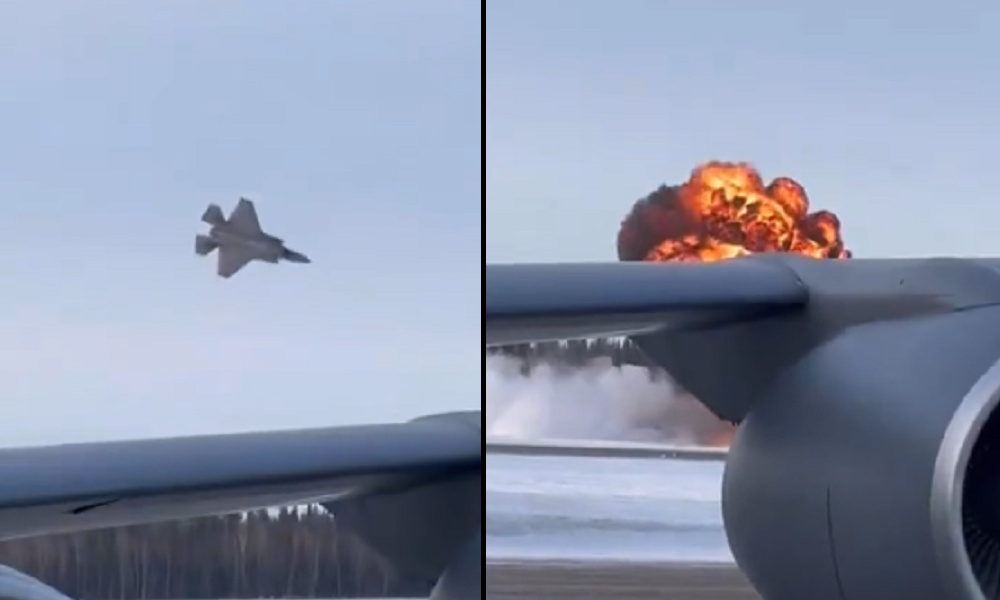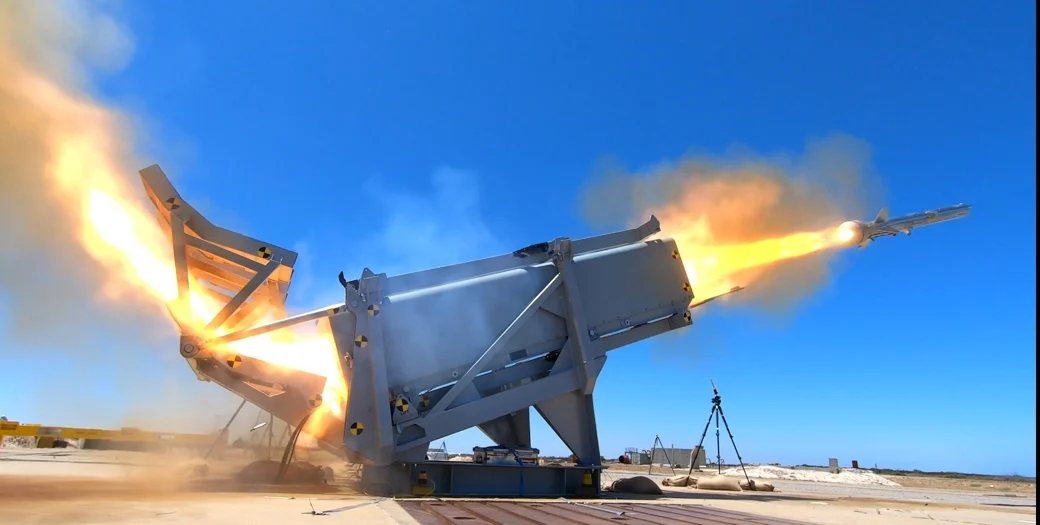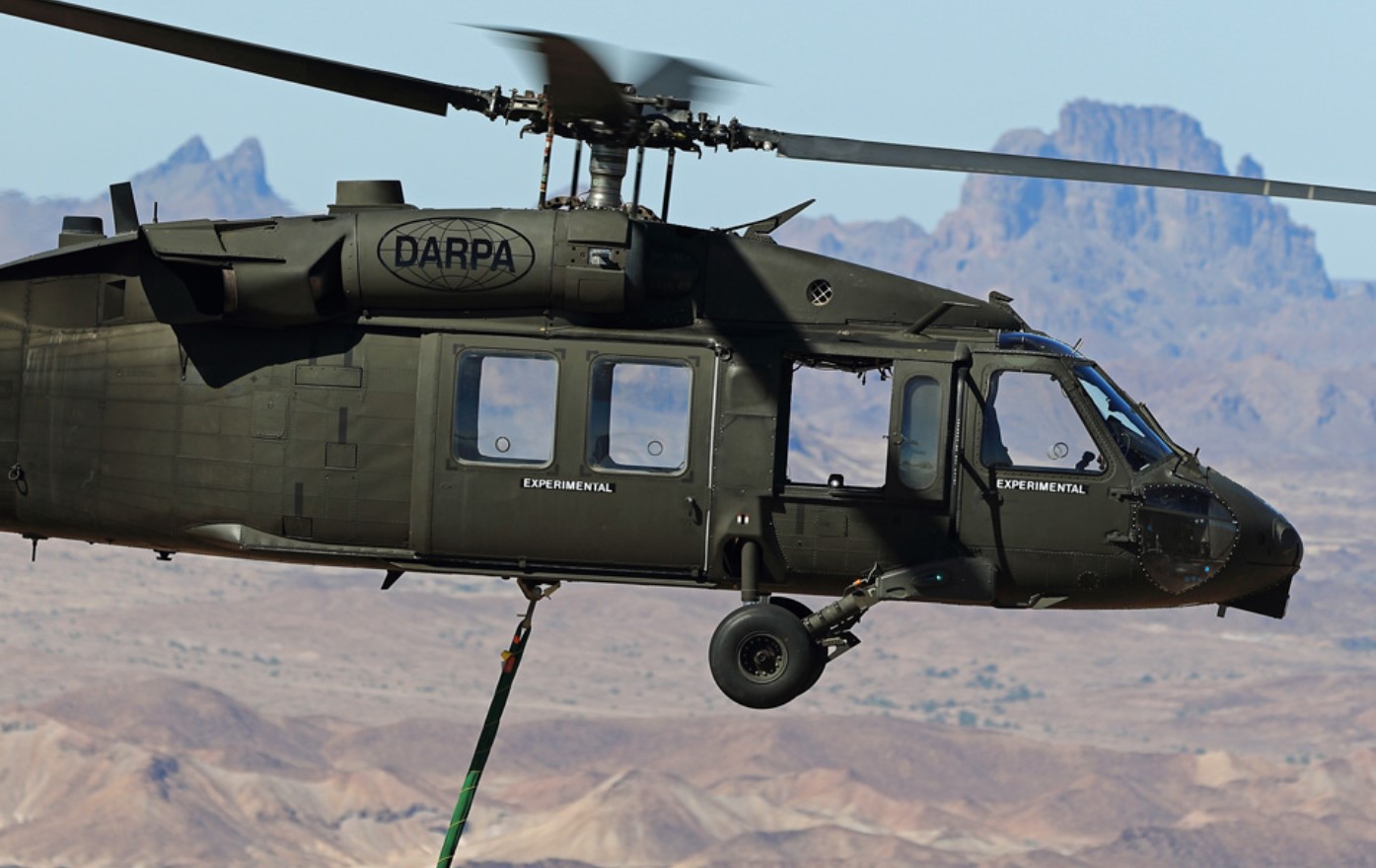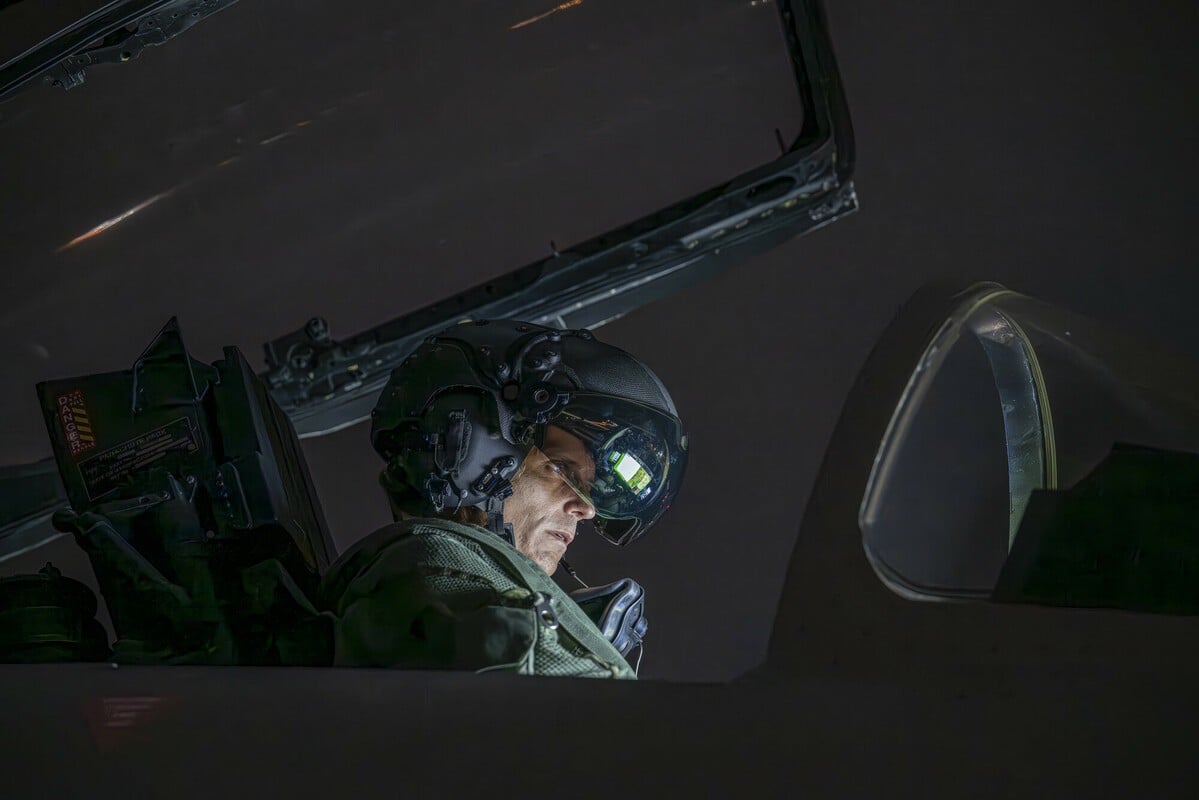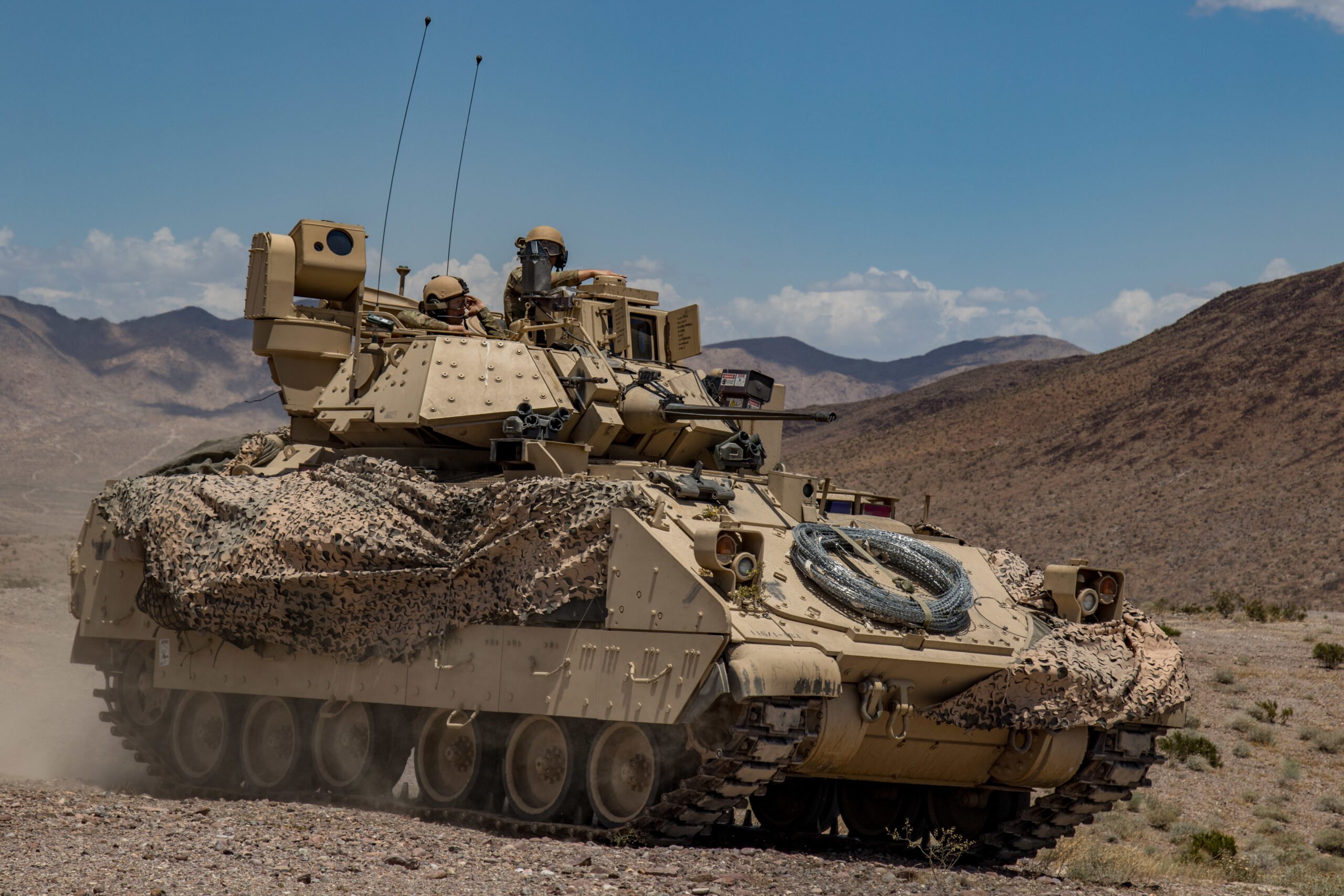The U.S. Navy is poised to enhance its operational capabilities by retrofitting the guided-missile destroyer Zumwalt with the country’s first shipborne hypersonic weapon. This initiative comes in light of an earlier setback concerning the vessel’s costly and unutilized gun system. At a shipyard in Mississippi, workers have begun replacing the destroyer’s twin turrets with missile tubes designed to accommodate a new, advanced hypersonic weapon system. Once fully integrated, the Zumwalt will dramatically extend the reach and precision of naval strikes, transforming it into a crucial asset for modern warfare.
Bryan Clark, a defense analyst at the Hudson Institute, described the situation as “a costly blunder” but emphasized the potential for the Navy to turn it into a tactical advantage by converting the Zumwalt into a hypersonic platform. Over the past two decades, the U.S. has developed various hypersonic weapons, but recent advancements by rival powers such as Russia and China have intensified pressure on the U.S. military to expedite their deployment.
Hypersonic weapons are characterized by their ability to travel at speeds exceeding Mach 5—five times the speed of sound—combined with enhanced maneuverability that complicates interception by adversary defense systems. A leaked Defense Department briefing, which was part of documents from former Massachusetts Air National Guard member Jack Teixeira, confirmed that China had recently tested an intermediate-range hypersonic weapon known as the DF-27, ratcheting up concerns about U.S. technological competitiveness in this area.
Among the key U.S. hypersonic programs is the “Conventional Prompt Strike,” which will operate like a ballistic missile before deploying a hypersonic glide vehicle capable of reaching speeds between seven and eight times that of sound. This cutting-edge weapon system, developed collaboratively by the Navy and Army, is set to equip each Zumwalt-class destroyer with four missile tubes, each housing three hypersonic missiles, culminating in a total capacity of 12 high-speed projectiles per ship.
Despite being regarded as an expensive misstep, the Zumwalt—valued at $7.5 billion—stands as the Navy’s most technologically advanced surface vessel, featuring innovations like electric propulsion and a design that minimizes radar visibility. The destroyer is currently undergoing extensive retrofitting at Huntington Ingalls Industries shipyard in Pascagoula, Mississippi, where it was brought in for the modification process starting in August 2023. As the Zumwalt prepares to be undocked in the coming days, testing for the new weapon system is scheduled for 2027 or 2028.
However, the development of these hypersonic missiles comes with significant financial implications, estimated at nearly $18 billion for acquiring 300 units, along with maintenance costs over 20 years, according to the Congressional Budget Office. Critics argue that such an investment raises questions about return on investment, noting that the operational costs of these missiles vastly exceed the costs of conventional targets they may be intended to destroy.
Despite such criticisms, experts like retired Navy Rear Admiral Ray Spicer assert that hypersonic technologies are essential for maintaining strategic superiority, allowing naval vessels to engage adversaries from distances unreachable by conventional munitions. With the threat of being outpaced by adversaries, adding hypersonic capabilities is viewed as a necessary measure for U.S. national security. James Weber, a principal director for hypersonics in the Department of Defense, underscored this urgency, framing hypersonic advancements as vital to sustaining integrated deterrence and securing lasting advantages in military engagement.



